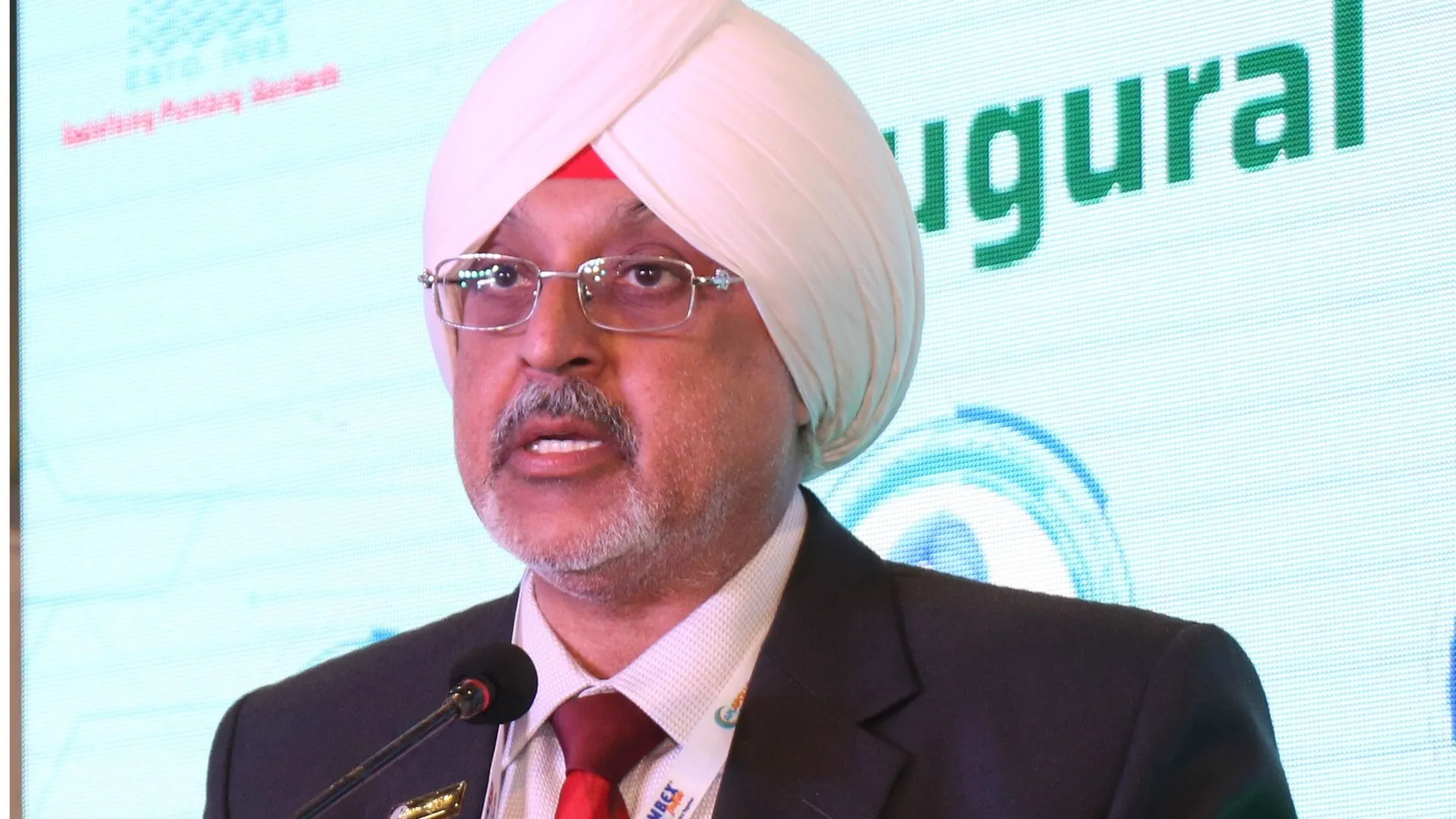WHAT IS ARBITRATION?
ADR stands for alternative dispute resolution. ADR is a method of resolving disputes between parties outside of the courtroom. Arbitration is a type of alternative dispute resolution. It’s a method of resolving a dispute between two parties without having to go to court. It is a kind of dispute settlement that is private, voluntary, and confidential. An arbitrator is a third party who renders a decision in an arbitration process. The appointment of arbitrators is addressed in Section 11 of the Arbitration and Conciliation Act of 1966. An arbitrator serves in the same capacity as a judge in a courtroom. Based on the facts of the case and the terms and circumstances of the agreement, an arbitrator makes an independent decision. A single arbitrator or a panel of arbitrators makes the final decision in the arbitration process. The arbitration and conciliation act defines a tribunal as “a single arbitrator or panel of arbitrators” under section 2(1)(d). There is no universally accepted definition of arbitration; nevertheless, in the case of Collin vs Collin, Justice John Romilly provided a broad definition of arbitration. “An arbitration refers to the decisions of one or more people, with or without the assistance of an umpire, on a specific matter in dispute between the parties.” “Referral of a dispute or difference between not less than two parties for determination, after judicially hearing both sides, by a person or persons other than a court of competent jurisdiction,” according to Halsbury’s Law of England. Similarly in Black’s Law Dictionary, ‘arbitration’ is defined as “An arrangement for taking and abiding by the judgment of selected persons in some disputed matter, instead of carrying to established tribunals of justice, and is intended to avoid the formalities, the delay, the expense and vexation of ordinary litigation”.
CHARACTERISTICS OF ARBITRATION ·
The arbitration process is consensual · Parties have the right to choose their arbitrator 1 3rd (BBALLB) student at Law College Dehradun. · It is an alternative to our regular courts Arbitration is faster than a trial process · The decision is always binding on parties. HISTORY OF ARBITRATION Arbitration in India is mainly divided into 3 Eras: · Pre-British Era · British Era · Post-British Era Pre British Era: arbitration has a long history. The earliest evidence of arbitration is found in the Vedic literature. Saga Yajnavalky refers to some arbitral bodies like Puga, Kula and Sreni as panchayat. Earlier ‘panchas’ who was the member of panchayat use to make decisions on disputes and their decision were binding on the parties. Post-British era: Indian arbitration act 1899 recognized dispute resolution as arbitration in India. Then on 1st July the arbitration act of 1940 came into force in a more specific way. But this act failed to fulfil the main purpose and the whole process thereafter became litigation oriented. Post British Era: after the amendment of arbitration act of 1940 new act came into force named arbitration and conciliation act 1966. Main purpose of this act was to consolidate legal framework, minimizing judicial interference, creating a mechanism which saves time and cost. Over the time Problems were aggravated by increasing judicial intervention at all stages of arbitral proceedings, which resulted in additional delays and defeated the very purpose of the Act.Since its inception, India’s arbitration regime has undergone several changes and continues to evolve on a regular basis. Recent amendments in 20155 and 2019, as well as various judicial proclamations over the last five years, have significantly contributed to the growth of arbitration as an effective alternative to traditional court litigation.
ARBITRATION PROCEEDING TYPES IN INDIA Ad- hoc arbitration:
Ad hoc arbitration involves the parties initiating and directing the arbitration procedures themselves. If the parties are unable to agree on a mutual arbitrator in ad hoc arbitration, either party may invoke Section 11 of the Act . Ad hoc arbitration requires the parties and the arbitrator to agree on the charge for the arbitration procedures, which is generally expensive.
INSTITUTIONAL ARBITRATION:
Arbitration is governed by the arbitration institution in institutional arbitration. The parties can contact any arbitration institution, nominate an arbitrator, and the proceedings can start. The Indian Council of Arbitration and the International Centre for Alternative Dispute Resolution are both part of the Indian Institution. The International Court of Arbitration and the American Arbitration Association are among the international institutions. All of these institutions have clearly established norms to deal with all potential disagreements through arbitration hearings.
FUTURE OF ARBITRATION:
E- ARBITRATION India is highly ambitious in terms of its arbitration potential. The revision of the Arbitration Act is a crucial indicator of how India tries to improve the efficiency and cost-effectiveness of its judicial process. This resulted in the de-automation of the arbitral awards that were being challenged. This modification has had an impact on improving the quality of India’s arbitration hearings. Following this, India was limited in its ability to carry out court interventions in arbitral awards. This also aided in the improvement of India’s trust institutions, particularly when the element of the arbitral ruling was present. The Arbitration & Conciliation (Amendment) Act 2021 is a relatively new addition to the pro- arbitration viewpoint. This is the 3rd time in the last six years that the Act of 1996 has been revised, illustrating the legislative willingness to reform the Act of 1996 and make India a more arbitration-friendly country. The most significant change in the Act of 2021 is a revision to Section 34, which deals with the automatic stay of awards granted under the Principal Act. Under the present system, a party may move to the Court under Section 34 for the setting aside of an arbitral judgement. However, after the amendment to the Act, an automatic stay on the execution of the award would not be acquired simply by filing an application to set it aside. India was continually focusing on incorporating technology as a norm inside arbitrary proceedings. This has received attention, particularly with the advent of the Covid 19 epidemic. “The parties are allowed to agree on the procedure to be followed by the arbitral tribunal in conducting its procedures6”, according to Section 19 of the Arbitration & Conciliation Act. This pandemic gave birth to new future form of arbitration which is called e- arbitration.
WHAT IS E- ARBITRATION?
E-arbitration is the use of electronic means such as e-mail and electronic file management systems via the internet. E-arbitration works in a variety of ways. There is a necessity for parties to mutually agree on the contract terms of having their dispute addressed online by an e- arbitrator. Electronic commerce is booming, especially in light of the COVID-19 epidemic. The Arbitration and Conciliation Act of 1996 (“Act”) is ambiguous as to whether arbitral proceedings can be held by virtual meetings or other electronic communication. Section 24 of the Act (Hearings and written proceedings): (a) Entitles the parties to oral hearings or allows them to forego this right if they so desire and (b) Enables the arbitral tribunal to decide whether or not oral hearings are required, if necessary. The epidemic has made it simpler for legal professionals to investigate widely the use of technology in the adjudication of disputes, namely the use of electronic arbitrators, often known as e-arbitrators. This is feasible by providing the dispute specifics, the whole facts of the case, and uploading evidence papers and images to support claims. In this case, the e-arbitrator sits in the shadows, goes through the materials offered, and invites parties to reply using the information provided. E- Arbitration procedure: • If a dispute has arisen after digitally entering into an agreement in an electronic manner, it should be communicated by electronic means such as email, etc., as in conventional processes. • Notices should be placed in a secure disc so that both parties can access them if they are unable to resolve disputes. • An electronic notice of intent to arbitrate should be sent. • Following the establishment of an E tribunal and the commencement of E arbitration, the proceedings should be performed through videoconferencing and documented. • Electronic versions of the statement of claims and defences, as well as supporting documents, should be provided. • Cross examination, whenever necessary, should take place via video links. • The decision should be made electronically, and a copy should be distributed to the parties in sealed envelopes signed by the authorities for execution.
CONCLUSION: Given that Indian courts now have a workload that exceeds their apparent capacity, there is now a massive surplus of cases. There are numerous cases filed in Indian courts, and many of them are dragged on for several years. The Reason behind this problem is long trial procedure and less number of judges. Arbitration is one of the resolution system that overcome the problem because the arbitration procedure is flexible, cost effective, time saving and have simple procedure. During this pandemic technology has made everything easier. With the progress of technology in the increasing e-commerce era, e-arbitration is the future; however, it can only be successful if there are laws, digital security, digitization of courts, online paperless judiciary, and codal provisions in place in India that are followed; otherwise, there will be an increase in disputes and the basic purpose of arbitration will be thwarted, and consumers will suffer.










